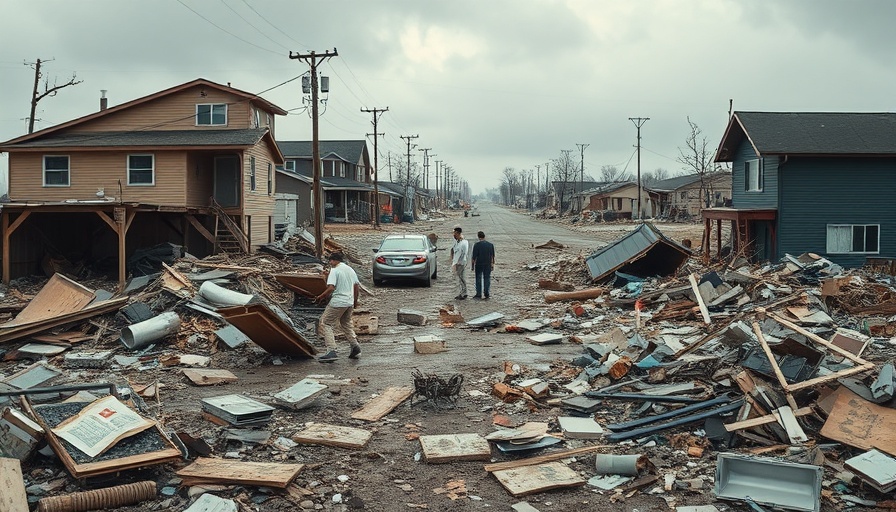
Severe Tornado Outbreak Leaves Trail of Devastation
A significant and deadly tornado outbreak is sweeping across the United States, leaving at least 28 dead and causing extensive damage across multiple states. Over 200,000 residents are currently without power due to the destructive weather system that has already unleashed at least 30 tornadoes.
Historical Context: Tornado Threats
This recent surge in tornado activity has come amid unusual weather conditions. Tornadoes are not uncommon in the Midwest and South during the spring, but the destructive force of these storms has escalated significantly, with forecasters warning that some of the tornadoes are among the most powerful, with winds potentially exceeding 165 mph. The National Weather Service has issued warnings indicating a particularly dangerous situation, marking a rare level 5 of 5 for severe weather threats.
Impact on Lives and Property
At least 15 deaths have been associated directly with tornado activity in states like Missouri, Arkansas, and Mississippi, with communities wrestling with catastrophic losses. Eyewitness accounts detailed scenes of destruction, with many families losing their homes and businesses. Emergency management officials are implementing rescue efforts in dire situations, providing assistance to those displaced and coordinating recovery.
Emergency Declarations and Responses
In response to this disaster, governors from affected states have declared states of emergency. Arkansas Governor Sarah Huckabee Sanders highlighted the extensive damage and power outages, urging residents to stay vigilant as recovery efforts unfold. Meanwhile, emergency services are scrambling to assess damage, conduct rescues, and provide shelter and necessities to affected families.
Future Implications: Weather Trends and Preparedness
As climate change continues to influence weather patterns, experts warn that the frequency and intensity of such severe weather events may increase. It becomes vital for communities and individuals, particularly in tornado-prone areas, to develop and hone emergency preparedness plans. This may involve constructing safe rooms, ensuring adequate warning systems, and having a solid evacuation strategy in place.
The ripple effects of the ongoing situation remind us that every community should prioritize readiness, as the potential for catastrophic weather events looms larger. Being informed and prepared can significantly reduce risks in future storms.
Take Action: Stay Informed, Stay Safe
In these challenging times, it is crucial to stay informed about weather conditions through local news outlets, emergency services, and weather apps. Knowledge and preparation can save lives as we face the ongoing threat of severe weather.
 Add Row
Add Row  Add Element
Add Element 



 Add Row
Add Row  Add
Add 
Write A Comment